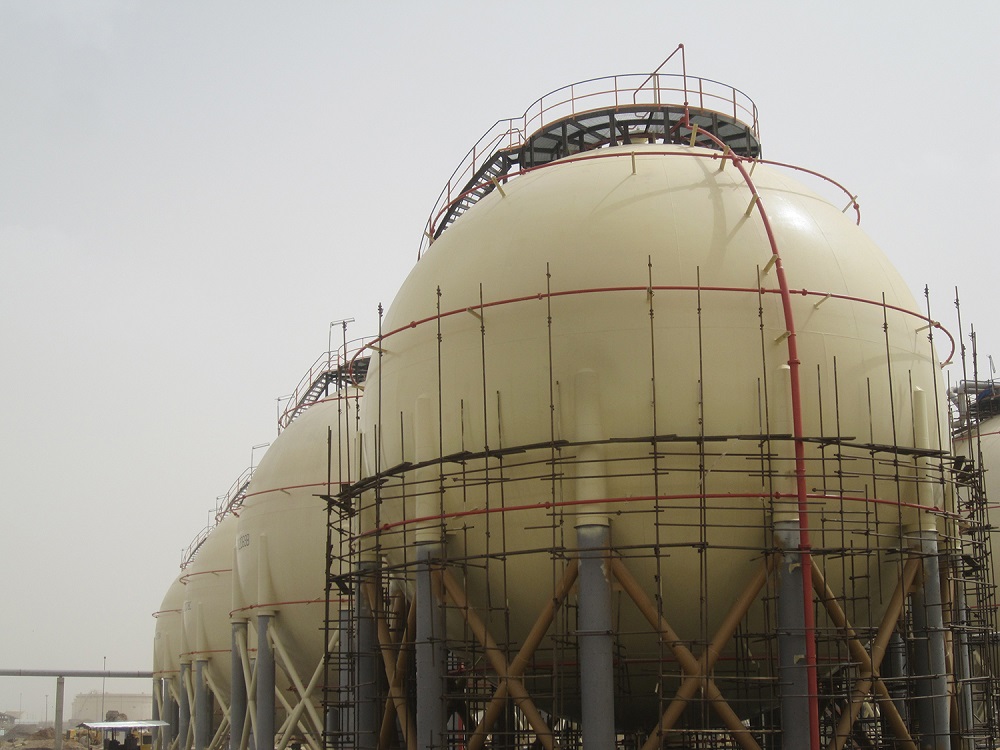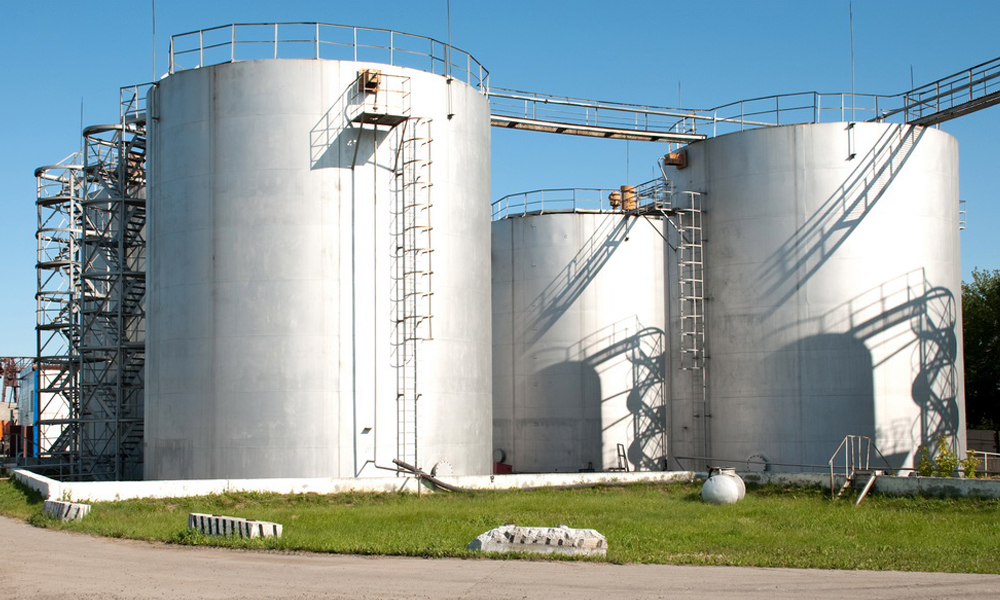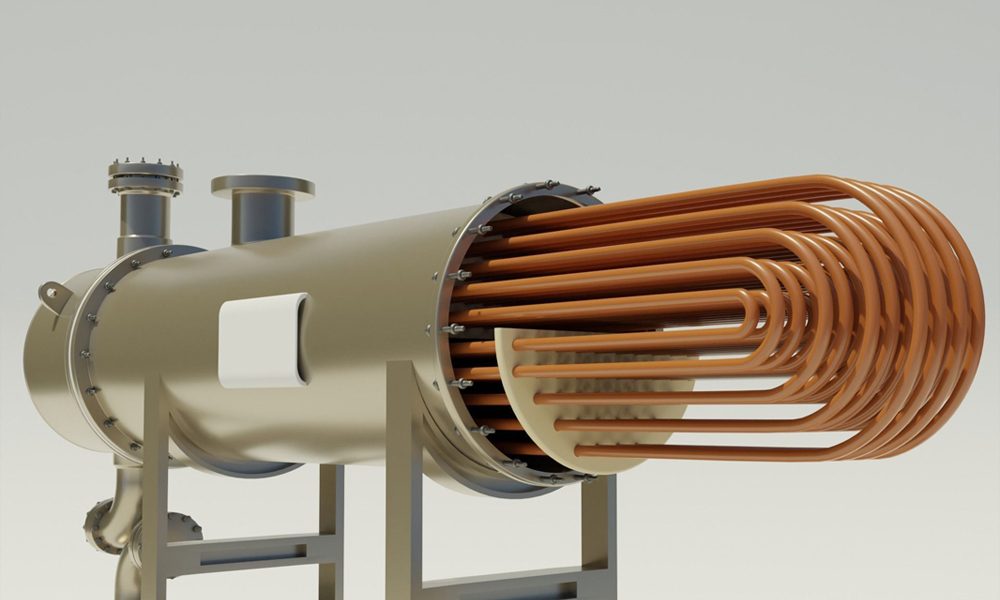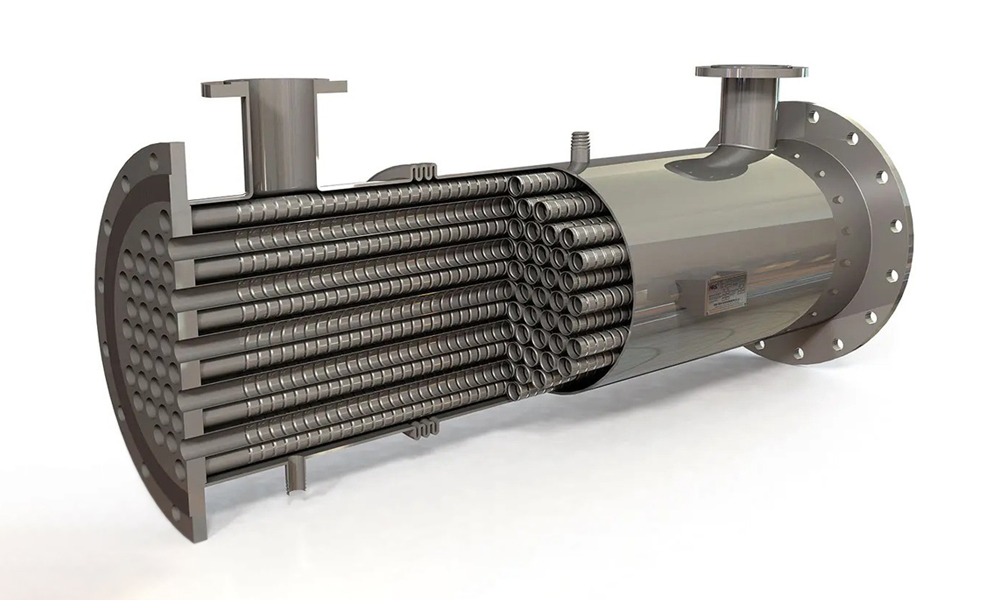Spherical pressure vessels, due to their unique design, are widely used for storing pressurized gases and liquids in various industries, including oil, gas, and petrochemicals. However, improper usage or failure to follow safety guidelines can lead to severe accidents. This article provides a comprehensive review of safety precautions for using Spherical storage tanks.
Selecting Suitable Materials for Spherical Pressure Vessels
Using high-quality materials resistant to pressure and corrosion is the first step in ensuring the safety of spherical pressure vessels. Carbon steel and stainless steel are commonly used due to their high resistance to pressure and corrosion. The selection of appropriate materials should be based on the type of stored fluid, operating temperature, and pressure.
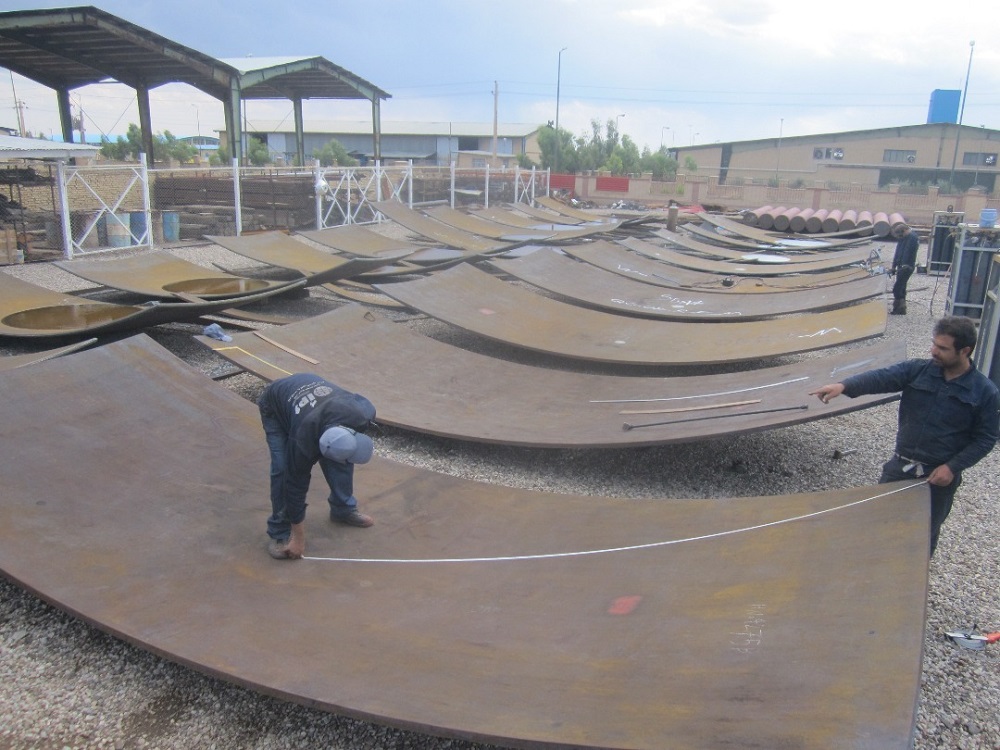
Compliance with Design and Manufacturing Standards
The design and fabrication of spherical pressure vessels must comply with international standards such as ASME Section VIII and API 510. These standards outline the requirements for design, materials, welding, and necessary testing to ensure the safety of the vessel. Adhering to these standards minimizes risks associated with design and manufacturing defects.
Stress Analysis and Structural Stability
Due to the high internal pressure, precise stress analysis and structural stability assessments are essential for designing spherical pressure vessels. Methods such as Finite Element Analysis (FEA) enable engineers to simulate stress distribution across the vessel walls and identify potential weak points. These analyses help optimize wall thickness and enhance vessel safety.
Safety Equipment and Overpressure Protection
Installing safety devices such as pressure relief valves and rupture discs on spherical pressure vessels is essential. These devices automatically activate in case of excessive pressure, releasing excess pressure to prevent damage and accidents. Regular inspections ensure the proper functioning of these safety mechanisms.
Regular Maintenance and Inspection
Routine inspections and maintenance of spherical pressure vessels are crucial for early problem detection and accident prevention. These inspections include non-destructive testing (NDT) methods such as radiography, ultrasonic testing, and hydrostatic testing. Proper maintenance and timely repairs can extend the vessel’s lifespan and ensure its safety.
Personnel Training and Awareness
Training personnel on the operation of spherical pressure vessels and safety guidelines plays a key role in preventing accidents. Staff should be familiar with proper operating procedures, maintenance practices, and emergency response protocols. Conducting regular training sessions and evaluating employees’ knowledge in this field is highly recommended.
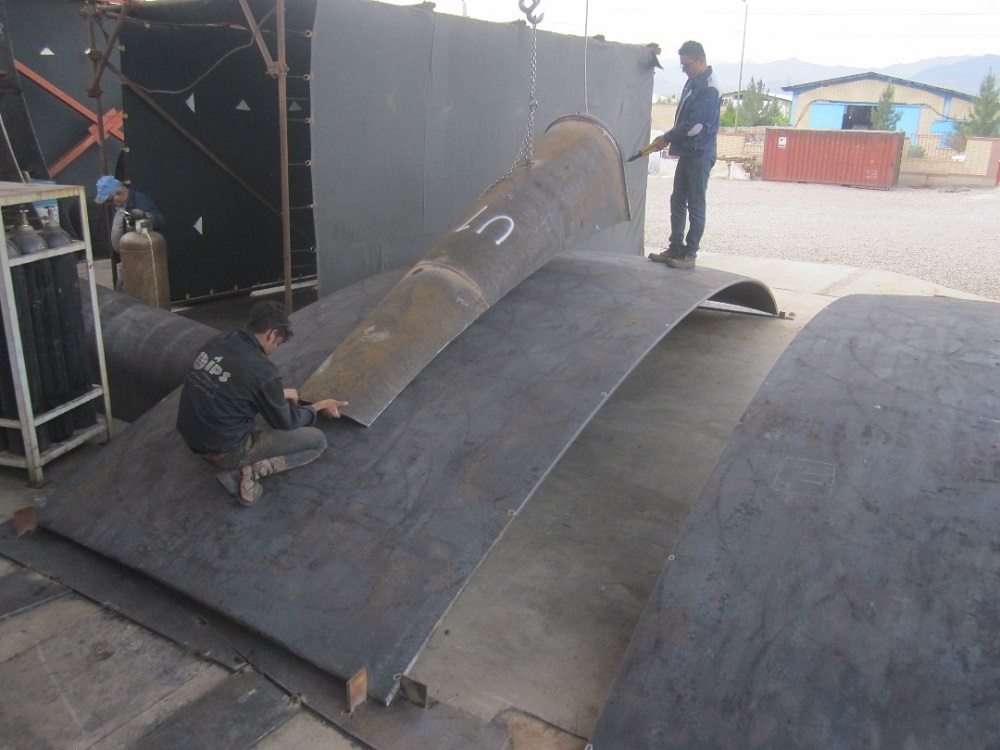
Maintaining Safe Distances and Proper Installation Locations
Spherical pressure vessels should be installed at a safe distance from other equipment and buildings. These distances are determined based on safety standards to prevent damage escalation in case of an accident. Additionally, the installation site should have adequate ventilation and easy access for inspections and maintenance.
Environmental and Operational Condition Control
Environmental factors such as temperature, humidity, and corrosive elements can affect the performance and safety of spherical pressure vessels. Using protective coatings, heating or cooling systems, and humidity control measures can help maintain optimal conditions. Furthermore, monitoring pressure and temperature fluctuations during operations is critical to preventing sudden variations.
Documentation and Record Keeping
Accurate record-keeping of design, manufacturing, inspections, repairs, and maintenance is essential for tracking the vessel’s condition and planning future actions. These records should be kept up to date and made accessible to relevant personnel when needed.
Safety Guidelines for Storing Gases in Pressure Vessels
Storing gases in pressure vessels is a sensitive and critical process that requires adherence to precise technical and safety principles to prevent potential hazards. Selecting the right vessel based on the gas characteristics (pressure, temperature, and corrosiveness) is the first step in ensuring safety. Spherical pressure vessels, due to their uniform stress distribution, are an ideal choice for storing high-pressure gases. The vessel materials must also have sufficient resistance to pressure and corrosion to minimize the risk of leakage or damage.
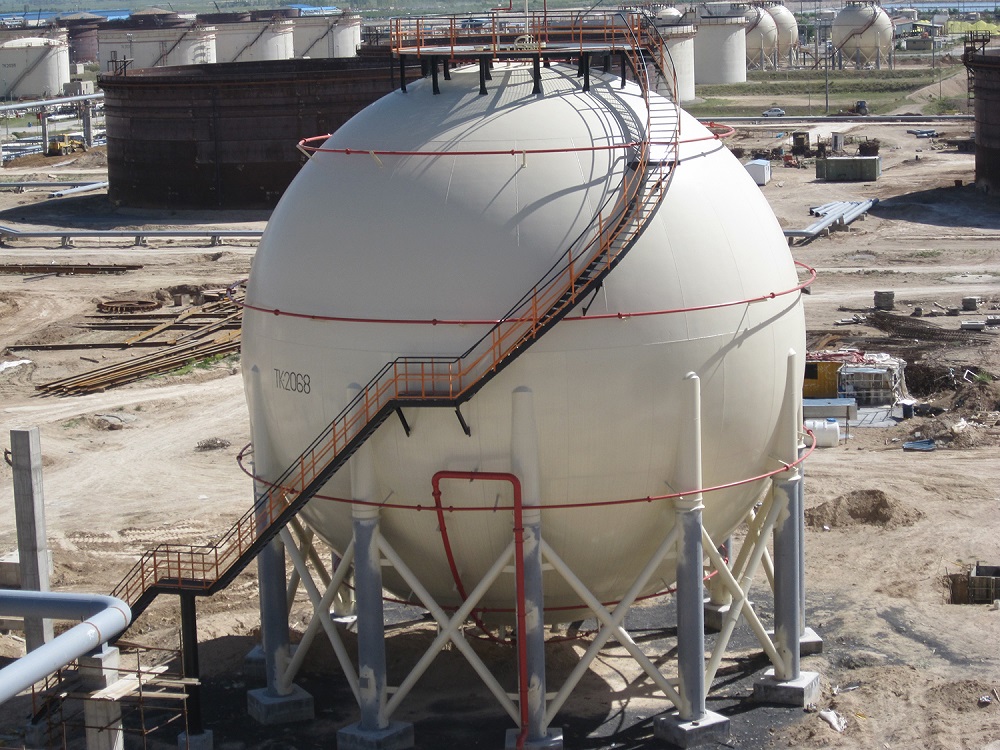
Furthermore, equipping vessels with safety systems such as pressure relief valves and leak detectors is essential. These devices play a crucial role in controlling excess pressure and quickly detecting leaks. Additionally, periodic inspections through non-destructive testing and hydrostatic testing can assess the vessel’s structural condition and prevent accidents. Controlling temperature and avoiding direct heat exposure are also key factors in maintaining vessel safety and optimal performance.
Personnel training on safety protocols and emergency response procedures is another critical requirement for operating pressure vessels. Moreover, compliance with internationally recognized standards such as ASME and API ensures the safety and efficiency of these vessels. Partnering with manufacturers like Petrosazeh International Aram, which specializes in designing and producing spherical pressure vessels according to high standards, can significantly enhance safety and performance.
Conclusion
Following safety guidelines for spherical pressure vessels is essential to prevent accidents and ensure optimal performance. Key factors include selecting appropriate materials, adhering to design and manufacturing standards, installing safety equipment, training personnel, and continuous monitoring. By utilizing modern technologies and complying with safety protocols, the lifespan of spherical pressure vessels can be extended while minimizing potential hazards.
References:
- ASME Section VIII and API 510 Standards
- Specialized resources on spherical storage tank design and safety

